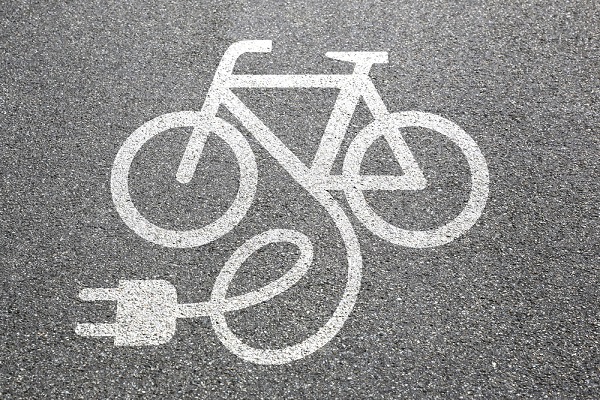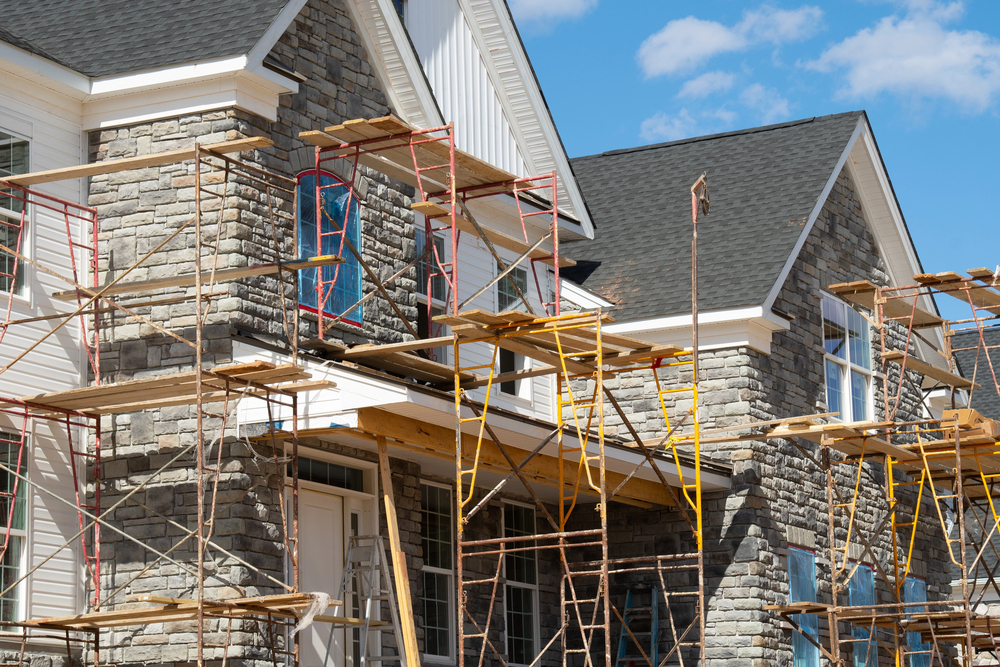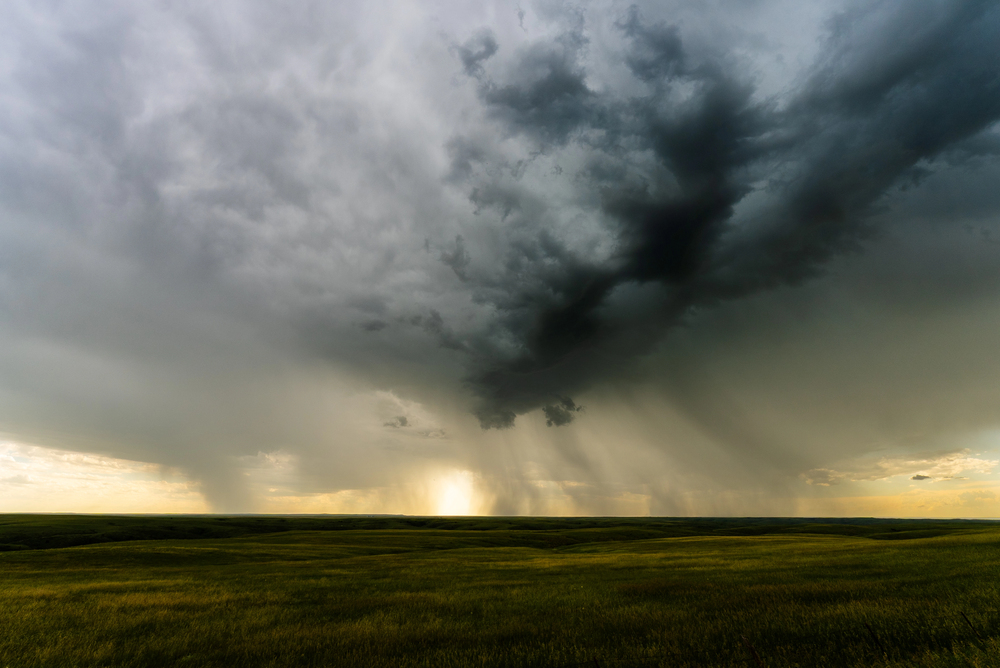Class Distinction: How E-Bikes Create a Personal Liability Blind Spot

By: Will Jones
In 2014, 54% of cyclists shared the road or trail with an e-bike, according to a survey by the League of American Bicyclists.
Three years later, in July 2017, e-bike sales had grown 95% over the previous year, according to the NPD Group, a market research company, which also found e-bike sales in the U.S. had tripled over the previous three years.
Like every other insurance market, bicycle insurance is susceptible to changes in technology. And according to Scott Chap-in, bicycle industry risk specialist, Marsh & McLennan Agency, “e-bikes are the issue of the day.”
An e-bike is the same as a typical pedal bicycle, except that it’s integrated with an electric motor and can fall into one of three classes of based on variants such as speed and wattage. Class 1 is the least powerful, while Class 3 is the most powerful.
With e-bikes, “the biggest disconnect is with personal liability. Most carriers do not cover personal liability beyond Class 1 on a homeowners policy,” Chapin says. “They’re using antiquated ISO language which was written before e-bikes were a thing.”
In 2012, Marsh & McLennan launched SPOKE insurance, which offers standalone bicycle insurance for all things re-lated to bicycles. But even they can only offer personal liability coverage for Class 1 or 2 e-bikes. “The biggest issue is Class 3,” Chapin says.
Another issue is how individual states define terms. “Roughly half of the states have defined what a Class 1, 2 and 3 e-bike is and where they can be used,” Chapin explains. “But other states haven’t made a determination at all, or they’re just using a general guideline that it’s defined as anything under 20 mph and under 750 watts.”
To learn more, Chapin called several carriers and asked whether they provide protection for e-bikes, including personal liability. “Half said, ‘What’s an e-bike?’” Chapin recalls. “That’s scary. How are they even going to cover them if they don’t even know what they are?”
“Unless a carrier has made changes to their policy language or removed the exclusions and created new underwriting definitions or guidelines, there isn’t any personal liability coverage,” Chapin adds. “Most carriers do not have a solution, and the ones that do are basically offering insurance with a moped policy.”
With more than a million e-bikes being ridden in the U.S., Chapin says, “it’s concerning that a lot of individuals are making the incorrect assumption that they have personal liability coverage under their homeowners policy.”
Will Jones is IA assistant editor.









